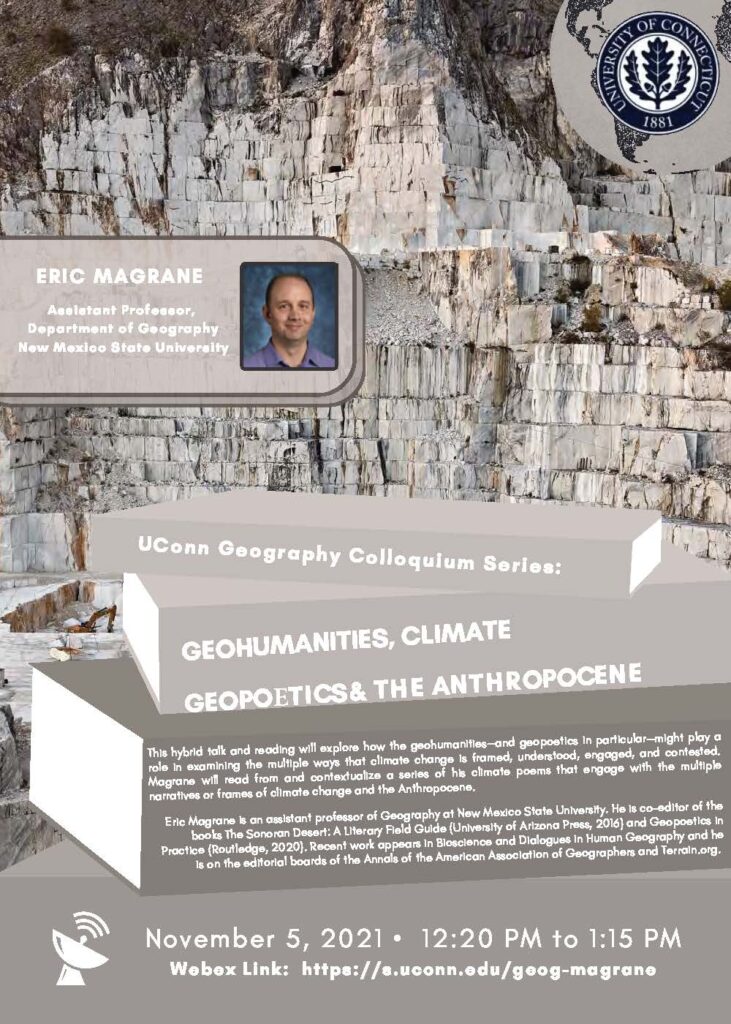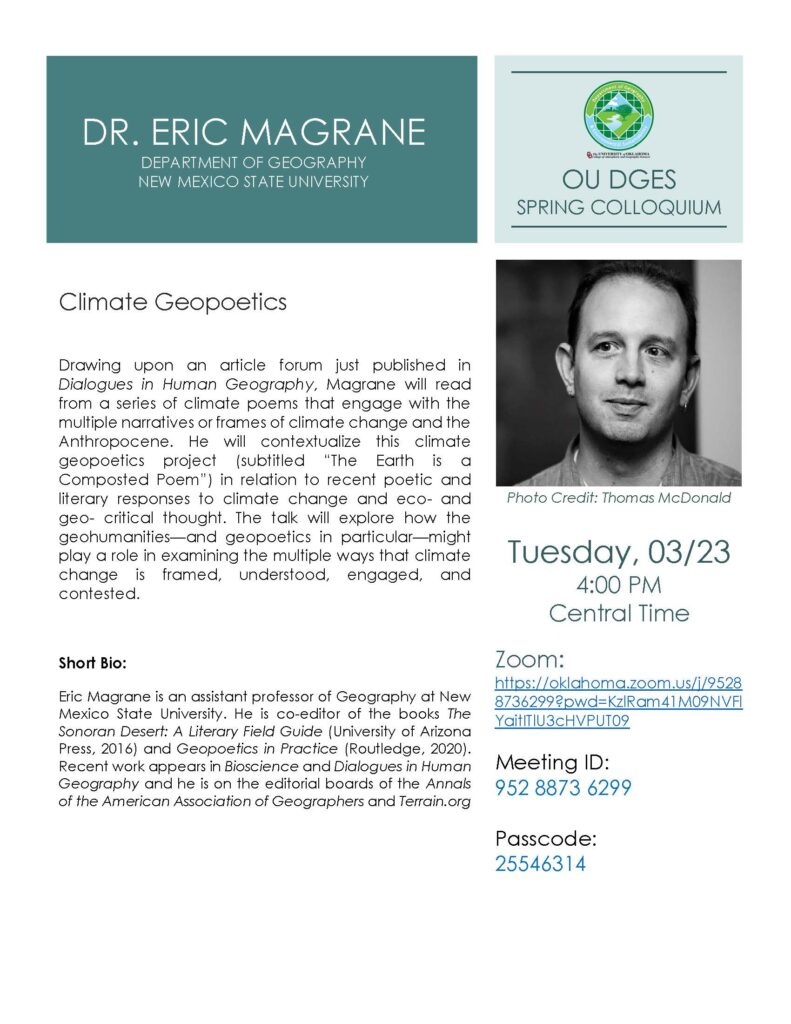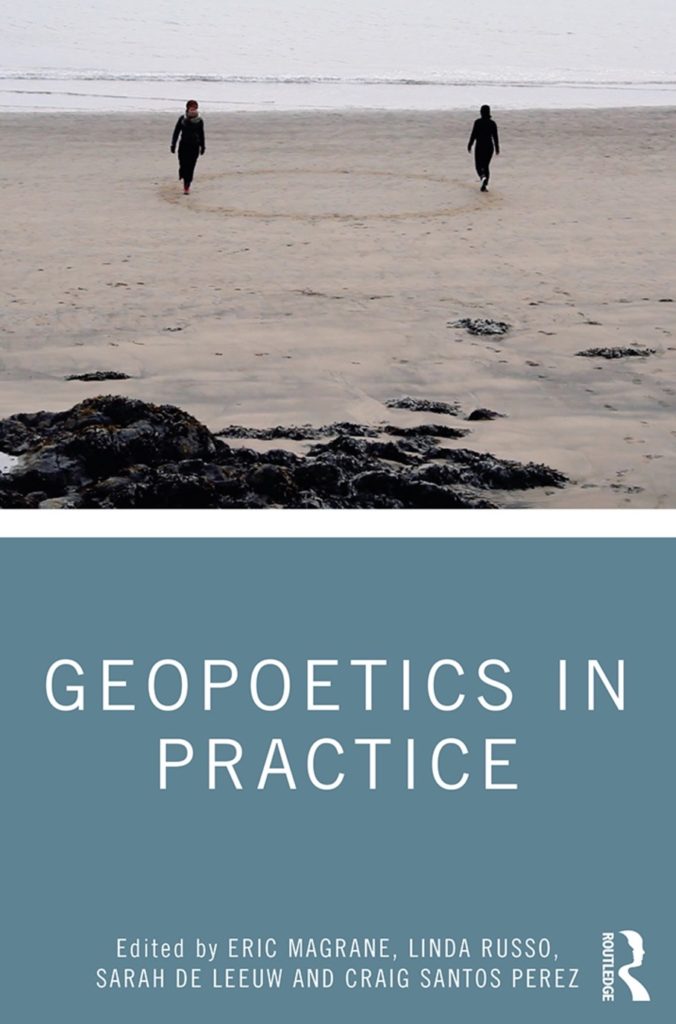Critical Approaches to Place NEH project featured in El Paso Herald-Post
My new National Endowment for the Humanities (NEH) funded project with Dr. Kerry Banazek, “Critical Approaches to Place: Teaching Narrative Mapping in Southern New Mexico” was featured in the El Paso Herald-Post:
“What is a map? What do maps do? How do they entice, lie, tell stories, reveal cultural values and participate in complex histories?
Those were some questions faculty, researchers, and graduate students at New Mexico State University (NMSU) recently explored in an interdisciplinary workshop, thanks to a $149,890 grant from the National Endowment for the Humanities. The event, which was held Aug. 4–6, kicked off a three-year project focused on critical approaches to place and the environment.”
OU DGES Colloquium
-

Eric Magrane OU DGES Colloquium
Seminario Internacional “Geohumanidades, Arte y Biopolítica del Antropoceno”
I’ll be speaking at this cool international geohumanities seminar on 22 January
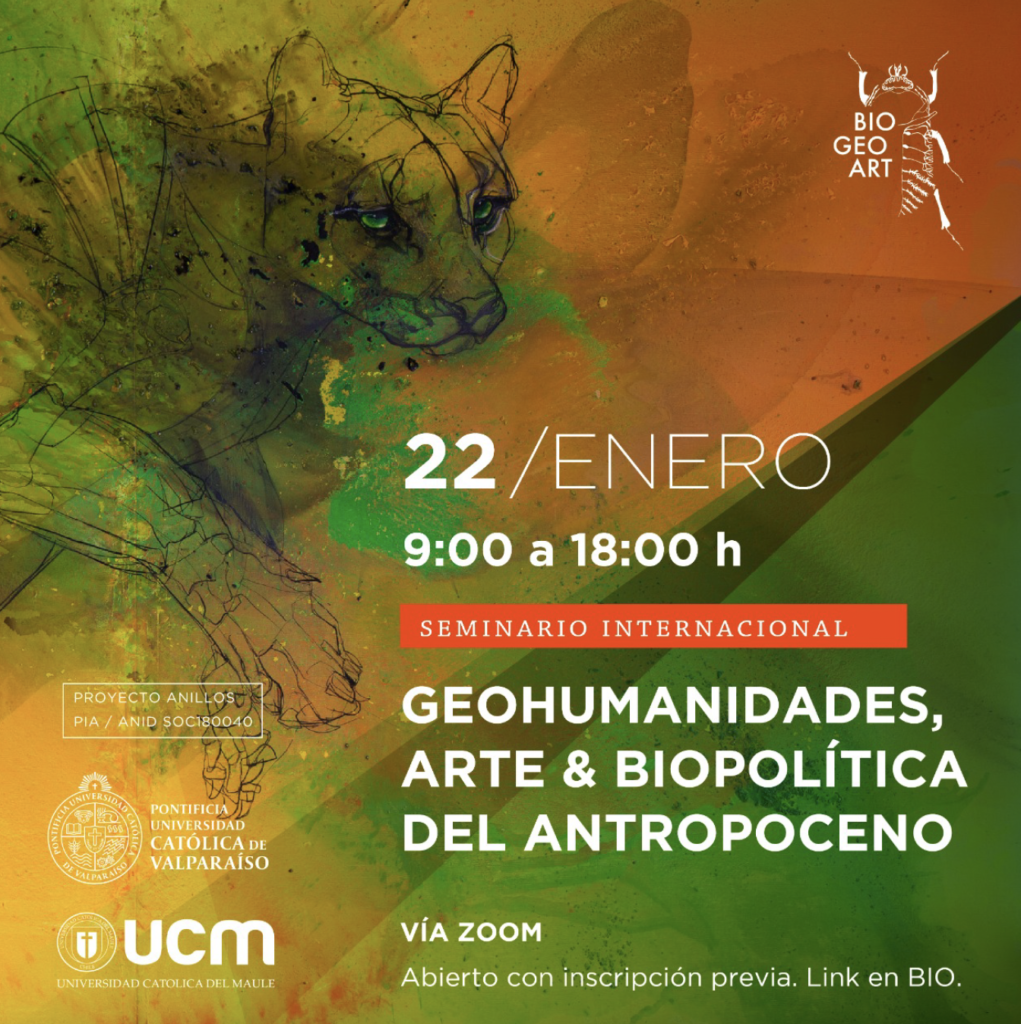
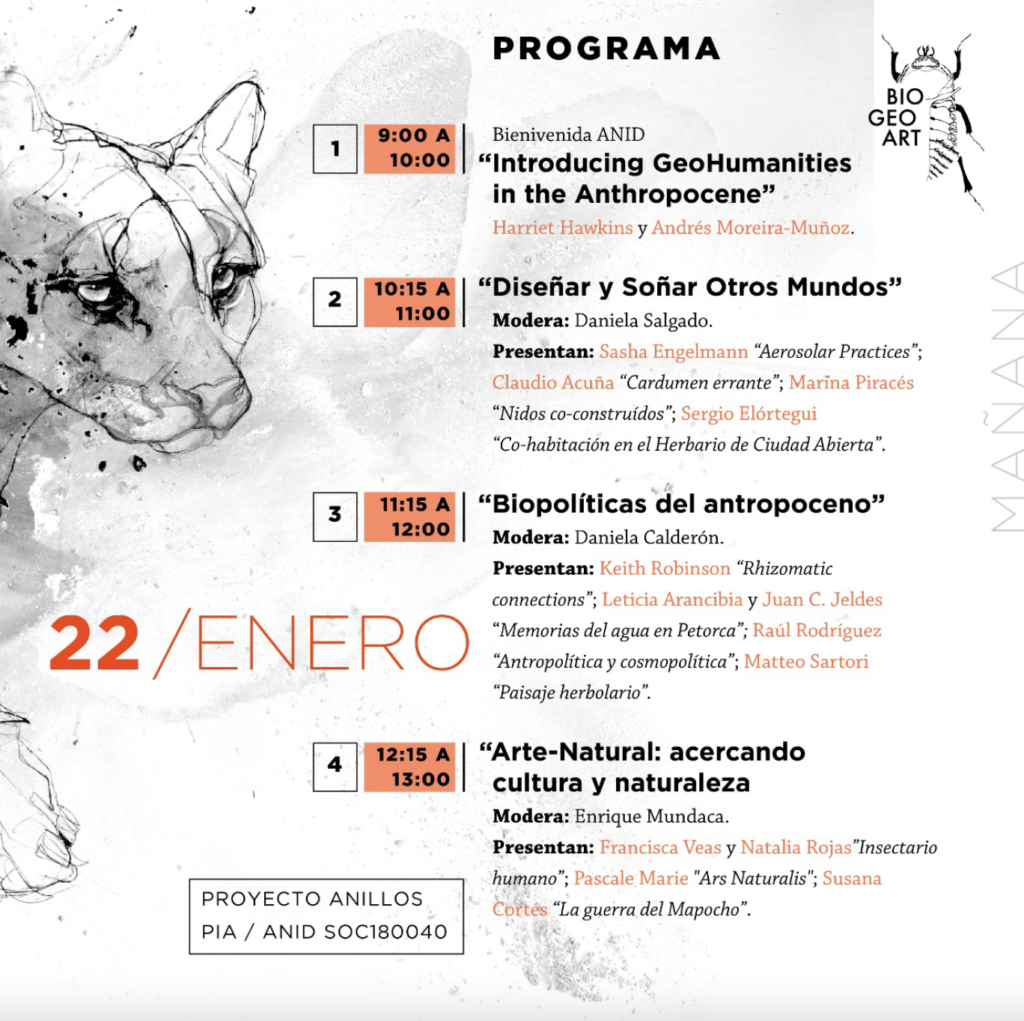
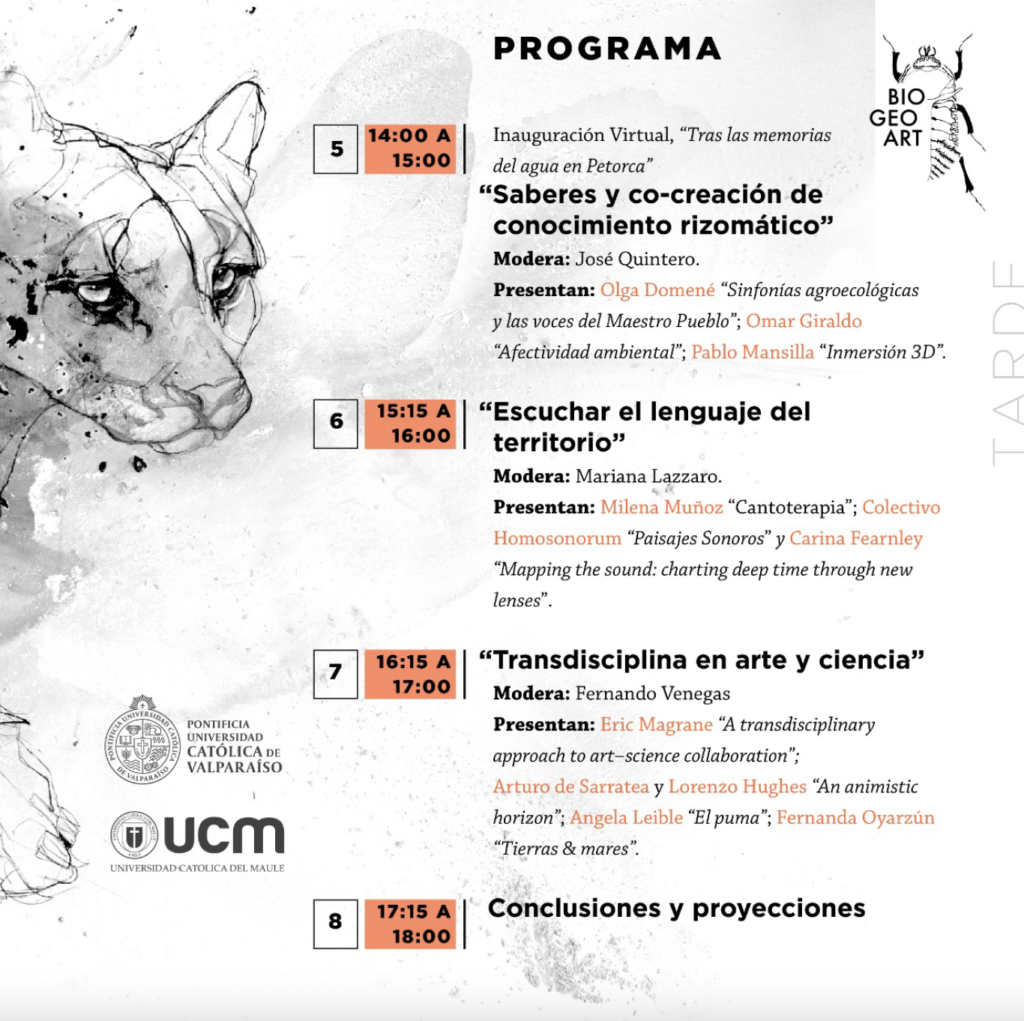
Geopoetics in Practice
Geopoetics in Practice is published! You can read more about the book, which is in the Routledge Research in Culture, Space, and Identity series, here.
Applying the Geohumanities
My article “Applying the Geohumanities” has been published in the International Journal of Applied Geospatial Research. The article is part of a special issue on applied geography in academia, edited by my NMSU colleague Micheal DeMers.
Here is the abstract:
In recent years, geography has taken up a renewed engagement with humanities approaches to place, space, and environment. These approaches offer new possibilities for relevant, publicly engaged research and teaching; applying the geohumanities expands the techniques that geographers can employ to do engaged work in the face of great social and environmental challenges. This article describes two examples of applied geohumanities projects: a community course on climate change and poetry and a creative approach to a citizen science bioblitz. Building on these examples, four questions for future work in applied geohumanities are posed.
Sessions at 2018 AAG
I will contribute to a number of teaching-related sessions at the American Association of Geographers (AAG) conference in April 2018 in New Orleans. I am presenting a paper (“Southwestern Road Trip as Experiential Field Course”) in the “Experiential Learning in Geography Education” session on Tuesday, 10 April. I am also part of a panel on “Building the Geo-Humanities” on Friday, 13 April. On Saturday, 14 April, I am the discussant for a session on “Place-Based Pedagogy and Learning.”
What Will Stand in ACME International Journal of Critical Geographies
A new publication, including scores and sound files, is included in the latest issue of ACME International Journal of Critical Geographies. You can access it here at ACME or here at academia.edu.
Magrane, E., W. Burk, and E. Quin-Easter. 2016. What will stand: Songs from (F)light, a collaborative borderlands song cycle. ACME: An International Journal for Critical Geographies 15 (2): 482-510.
(F)light: a borderlands song cycle is a creative response to migration. We wrote and composed the cycle of nine songs in relation to two particular borders: those between Arizona, United States and Sonora, Mexico; and Maine, United States and New Brunswick, Canada. The songs address borders, geopolitics, mobility, emotion, and narrative. We briefly contextualize our collaboration on (F)light and then share three songs from the project, as scores and as sound files performed by Women in Harmony, a women’s chorus in Portland, Maine.
(The sound files can be accessed either by clicking on the icons on the top of the scores if viewing the pdf in Adobe, or through clicking on the supplementary files on the right side of the ACME console.)
Bycatch poems and drawings in Zócalo and Coordinates Society Magazine
Early poems and drawings from Bycatch appear in April’s Zócalo and at the new online Coordinates Society Magazine.
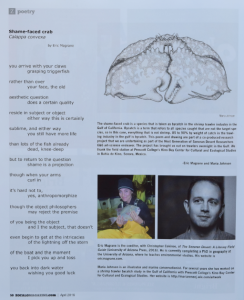
Shame-faced crab in Zócalo
Bycatch is a co-produced art-science project that combines geohumanities, political ecology, poetics, art, and marine ecology to creatively respond to the shrimp trawling industry in the Gulf of California. “Bycatch” refers to everything captured that is not the target species, so in this case, everything that is not shrimp. Approximately 87% of the weight of catch by shrimp trawlers is made up of 225+ species of bycatch fish, invertebrates, and turtles. The majority of shrimp caught in the industry is sold in the U.S.
I am collaborating with marine biologist and illustrator Maria Johnson on this project as part of the Next-Gen 6&6 Art + Science initiative. The field work for this collaboration has included overnight trips aboard shrimp trawlers off of Bahía de Kino, Sonora.
Essay Daily Interview & Two Reviews
Some new press on The Sonoran Desert: A Literary Field Guide:
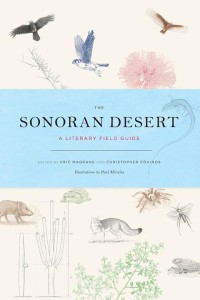 The Literary Field Guide: A Q&A with Eric Magrane and Chris Cokinos in Essay Daily
The Literary Field Guide: A Q&A with Eric Magrane and Chris Cokinos in Essay Daily
Also, see reviews in Fine Books & Collections and Story Circle Book Reviews.
Upcoming events are here.
